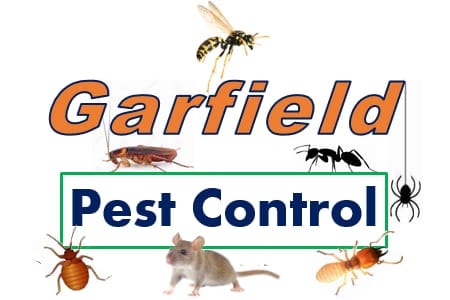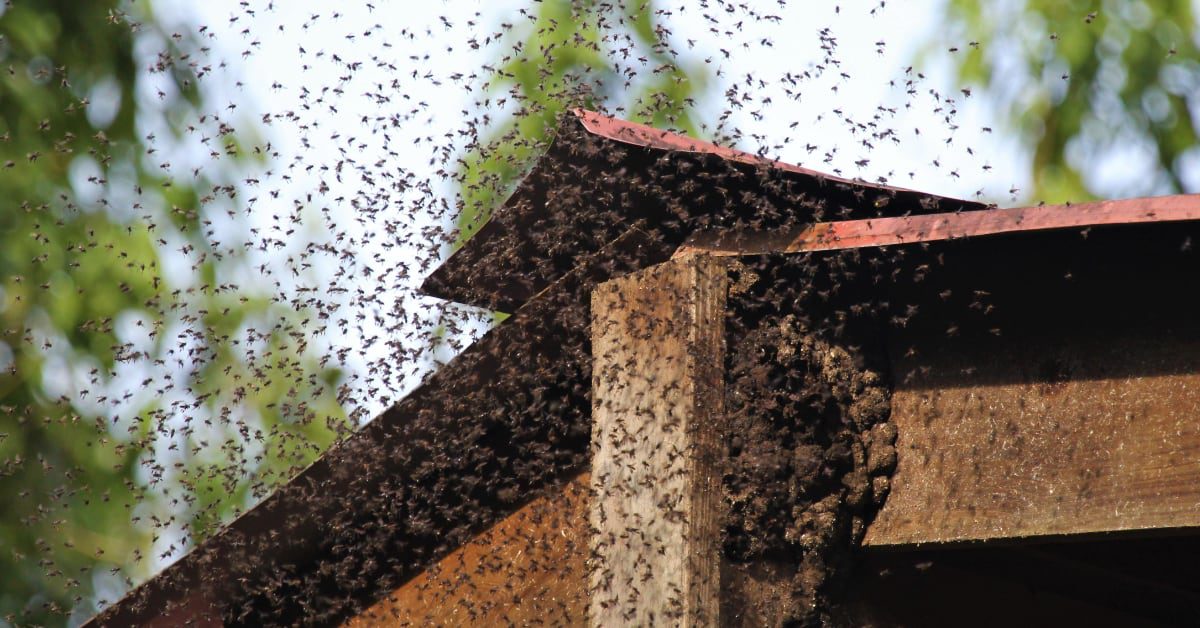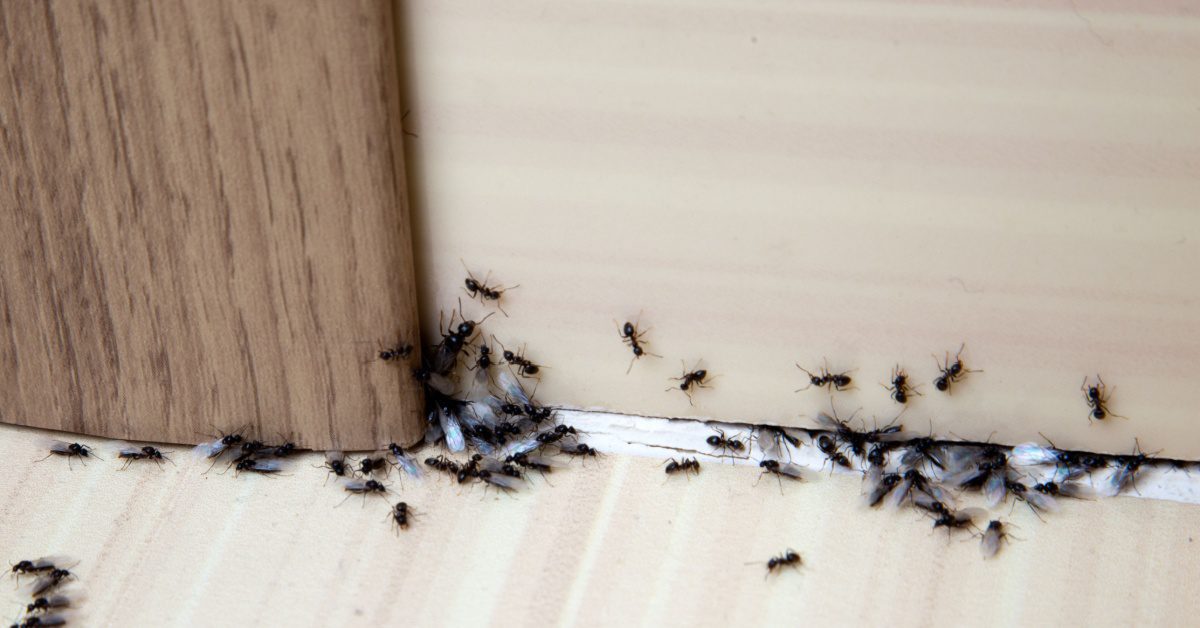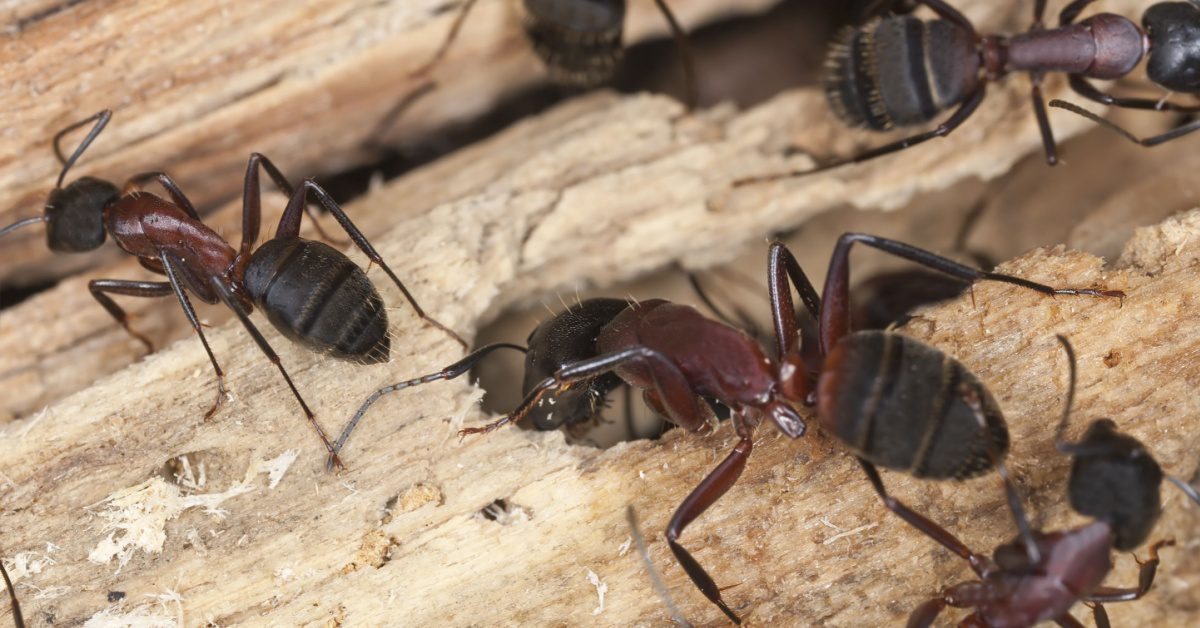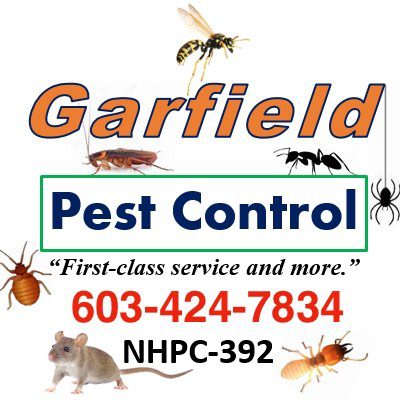Guide to Bees, Wasps & Hornets: Species, Behavior, and Identification
Bees, wasps, and hornets are diverse insects that play essential roles in ecosystems worldwide. From pollinating plants to controlling pest populations, these insects contribute to the balance of nature.
However, their stinging reputation and distinct behaviors have sparked curiosity and, at times, fear among humans.
This guide explores bees, wasps, and hornets, exploring their unique species, behaviors, and identification methods.
Bees
Bees are renowned for their crucial role in pollinating flowers, ensuring the reproduction of many plant species. They’re generally recognized by their plump, fuzzy bodies and vibrant coloring, with species ranging from tiny sweat bees to large bumblebees. Bees exhibit remarkable social behaviors, living in colonies with complex hierarchies.
Honey Bees (Apis spp.)

Honey bees are perhaps the most well-known bee species, primarily due to their production of honey and beeswax. They live in highly organized colonies featuring a queen, worker bees, and drones. Honey bees perform intricate “waggle dances” to communicate the location of food sources to fellow hive members.
Bumblebees (Bombus spp.)
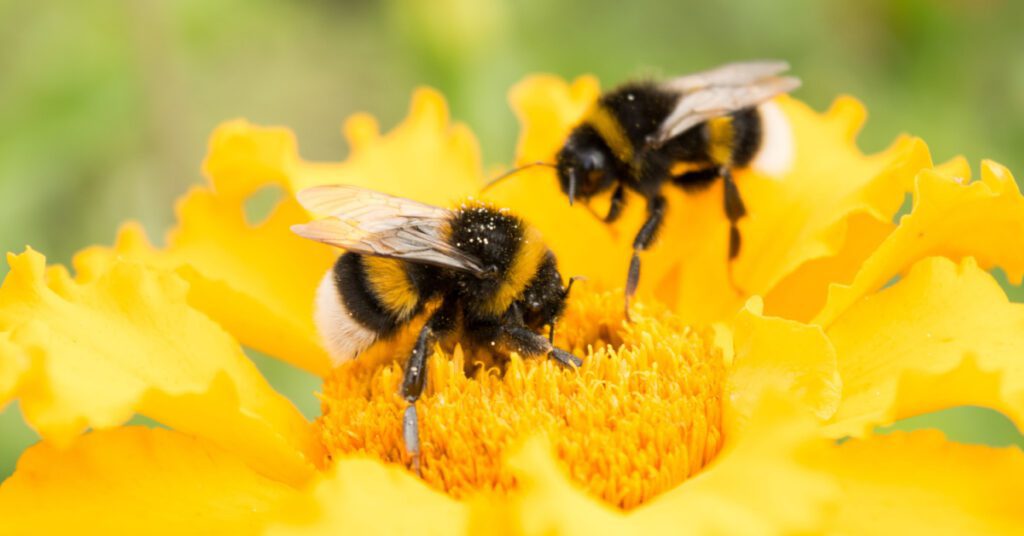

Bumblebees are recognized for their larger size and distinctive buzz. They’re excellent pollinators and often have intricate relationships with specific plant species. Unlike honey bees, bumblebee colonies are relatively small and usually abandoned at the end of the season.
Solitary Bees
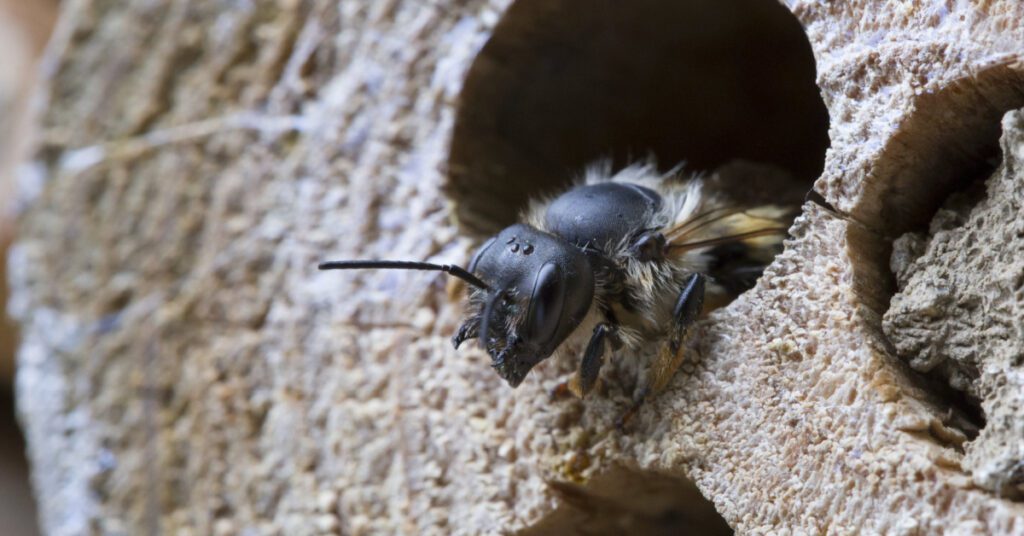

Solitary bees, as the name suggests, do not form large colonies. They create individual nests in various locations, such as tunnels in the ground or hollow plant stems. Mason bees and leafcutter bees are typical examples of solitary bee species.
Wasps
Wasps come in a wide range of sizes, colors, and behaviors. They often possess a more elongated body shape compared to bees and are generally perceived as more aggressive due to their stinging nature. However, wasps play crucial roles in controlling pest populations and aiding in pollination.
Paper Wasps (Polistes spp.)


Paper wasps construct intricate nests from chewed plant material, resembling papery structures. They’re social insects but have smaller colonies than honey bees. Paper wasps are less aggressive than other wasp species unless their nest is threatened.
Yellowjackets (Vespula spp. and Dolichovespula spp.)
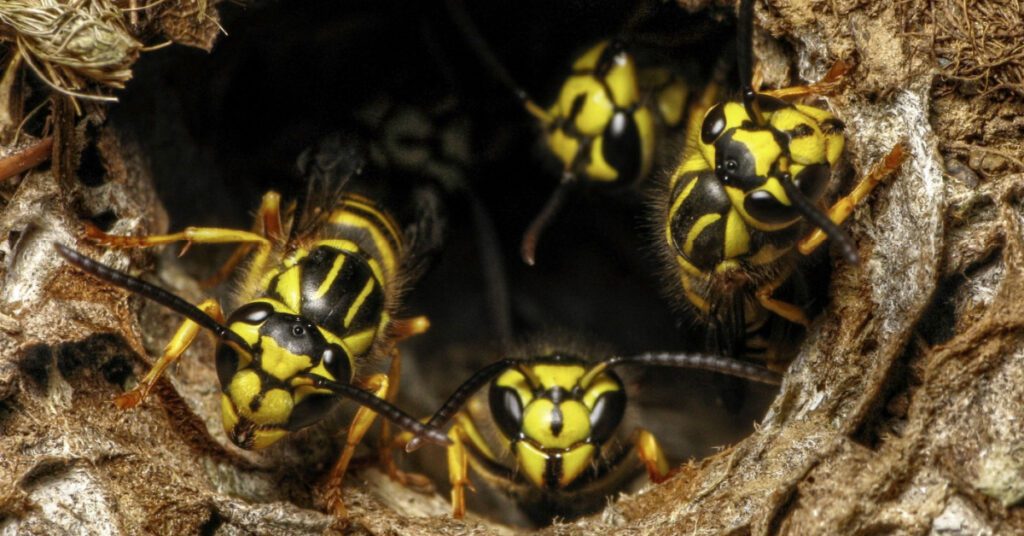

Yellowjackets are often associated with picnics and outdoor gatherings due to their attraction to sugary foods. These aggressive wasps build nests underground, in trees, or in wall voids. Their colonies can contain thousands of individuals and pose a significant stinging threat.
Mud Daubers (Sphecidae family)
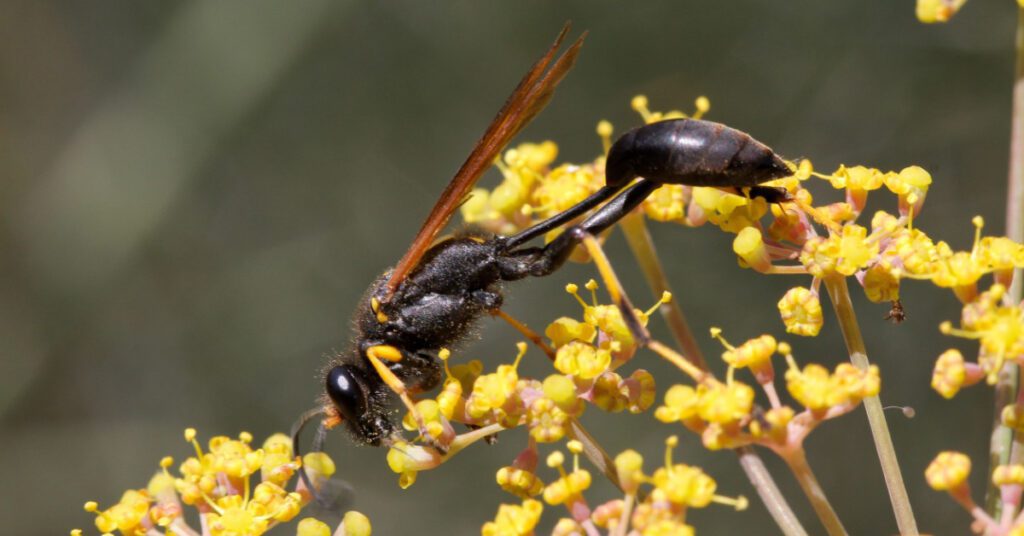

Mud daubers are solitary wasps that build distinctive nests from mud. They prey on spiders, paralyze them, and lay eggs on the immobilized prey. Their nests can be found in various locations, such as on walls, under eaves, or in natural crevices.
Hornets
Hornets are a subset of wasps, known for their large size and potent stings. They share many similarities with other wasp species in terms of behavior and nesting habits.
European Hornet (Vespa crabro)


The European hornet is one of the largest hornet species and is native to Europe. They build paper-like nests in hollow trees or other sheltered locations. Despite their intimidating size, European hornets are generally less aggressive than yellowjackets.
Asian Giant Hornet (Vespa mandarinia)


The Asian giant hornet gained international attention due to its size and the potential threat it poses to honey bee populations. Their nests are typically located in tree cavities. The species has a well-deserved reputation for aggressiveness, and its venomous sting can be life-threatening to humans.
Identification and Safety Tips
Identifying bees, wasps, and hornets accurately is essential for appreciating their ecological roles and avoiding potential conflicts. Here are some general tips for identification and safety:
Body Shape and Size
Bees tend to be rounder and fuzzier, while wasps and hornets have more elongated bodies. Hornets are often larger than other species.
Color Patterns
Many species have distinct color patterns. Bumblebees, for instance, have black and yellow stripes, while paper wasps may have a combination of brown, yellow, and black.
Nest Characteristics
Different species construct unique nests. Paper wasp nests are papery and open, while hornets build enclosed nests.
Behavior
Observe their behavior from a distance. Bees are often more focused on flowers, while wasps and hornets might be more interested in food or scavenging.
Safety
Avoid sudden movements, bright clothing, and scents that attract insects to minimize stings. If encountering a nest, it’s best to contact professionals for removal.
Are You Experiencing a Problem with Any of the Bees, Wasps or Hornets Species?
Bees, wasps, and hornets are complex insects with fascinating behaviors and ecological roles. Understanding their differences, appreciating their contributions, and practicing safety precautions can lead to harmonious coexistence with these insects, which are a great benefit to the world’s ecosystem.
As you enjoy the outdoors, swimming, gardening, hiking, and other outdoor activities, watch for these various species of bees, wasps and hornets. As they do have vital roles in maintaining the balance of our ecosystems, their stings can be dangerous for those who are allergic.
If you are experiencing any of these species of bees, wasps and hornets, contact Garfield Pest Control immediately to remove and control the situation in the best way possible.
We service New Hampshire, the areas of Merrimack, NH, Manchester, NH and beyond.
